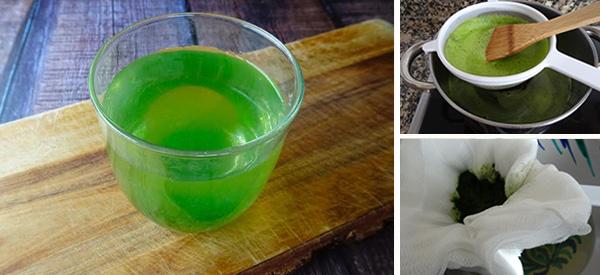
DIY Chlorophyll Extract
Chlorophyll was first isolated in 1817 by two French chemists: Joseph Bienaimé Caventou and Pierre-Joseph Pelletier. Together, they isolated other important compounds too, such as caffeine and quinine. Chlorophyll is a green pigment found in plants that is essential to the process of photosynthesis. It’s what makes plants appear green. Due to this factor, chlorophyll is often used as a coloring agent in foods and drinks to make them green.
You can add chlorophyll to your diet by eating green plants and green vegetables and herbs. The greener the plant, the richer it is in chlorophyll. Chlorophyll has become fashionable to be taken as a supplement today in the form of pills, drops, or capsules. Most recently, liquid chlorophyll has gained popularity because it can be so easily added to smoothies, juices, or water. You can extract your own chlorophyll at home, which I will show you how to do later. We will use parsley, which is one of the richest sources of chlorophyll. It’s very simple to do and the only ingredients that you need are parsley, water…and a little bit of time.
First, let’s look at what are the medicinal benefits derived from chlorophyll and parsley.
Medicinal Benefits Of Chlorophyll
Chlorophyll is a superfood. It absorbs toxins and is extremely high in antioxidants, helping to prevent a range of illnesses. As an excellent source of vitamins and minerals, it also improves our general wellbeing. Overall, chlorophyll is known to be great at boosting the immune system because it stimulates bone marrow aiding in the production of white blood cells.
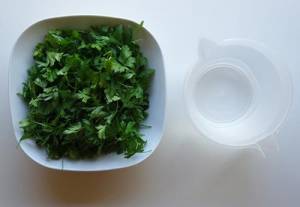
Here are some of the conditions and areas of the body that chlorophyll can help treat and/or prevent:
- Cancer – It can help prevent and slow certain types of cancer growth. It may also reduce the risk of developing some cancers like cancer of the colon.
- Anemia & Thalassemia – Chlorophyll increases the number of red blood cells in the body and this can be useful in treating certain hemoglobin deficiency-related conditions like Anemia and Thalassemia.

- Liver – It balances your gut flora which can help reduce inflammation of the liver. It also helps your body get rid of harmful toxins and detoxifies the liver.
- Brain – It protects the brain from oxidative damage, and stops senescence (the process where cells age and stop dividing). This can prevent the onset of many diseases where senescence may play a role.
- Skin – Chlorophyll, when used topically, can help heal wounds on your skin. A report from 1950 even noted that it sped up the healing process. As well as being good for lesions, it can also help improve large pores in the skin.
On top of all this, it is also likely that chlorophyll can help with weight loss and has anti-aging effects, which are an added bonus. Chlorophyll aids in weight loss because it’s an appetite suppressor and helps you stay full for longer. It’s also believed to reduce cravings. It helps slow down or reverse the aging process by improving wrinkles and skin elasticity.
Medicinal Benefits Of Parsley
There are many overlaps between the benefits of the chlorophyll found in parsley and other incredible nutrients and properties that parsley contains. Here are some of the conditions and areas of the body that parsley can help treat and/or prevent:
- Cancer – Myricetin and Apigenin (flavonoids) in parsley can help prevent cancer. Parsley is one of the best sources of Myricetin.
- Diabetes – Myricetin in parsley is also useful in the treatment and prevention of diabetes. It does this by lowering blood sugar levels.

- Bones – Parsley has high levels of Vitamin K which has been linked to improving bone health. Keeping bones healthy is a great way to reduce the occurrence of fractures.
- Eyes – Carotenoids in parsley help to protect your eyes and vision. These may be able to help prevent the onset of age-related macular degeneration (AMD).
- Heart Disease – It is high in folate (a Vitamin B) which can decrease the risk of developing heart disease.
One note of caution, because it’s extremely high in Vitamin K, don’t use this extract if you are taking blood-thinning medication. If you take other medications you should speak to a doctor first to make sure there are no potential adverse reactions to what your medication has been prescribed to achieve.
How To Make This DIY Chlorophyll Extract
Ingredients
- 1.5 oz (42 grams) of parsley leaves
- 3 cups of filtered water

Utensils
- Fine sieve
- Wooden spoon
- Medium pot
- Blender
- Cheesecloth/muslin
- Heat-proof container or large bowl
Method
- Wash your parsley under running water then let it dry.
- Break off the leaves and add 1.5 oz of these to your blender.

- Add 3 cups of filtered water to your blender and blend on a low setting for around 2 minutes or until you have a bright green mixture (shortly after you stop it you’ll notice it goes dark green and starts settling).
- Place your fine sieve over your pot and pour the mixture through. If it’s quite frothy push it through with a wooden spoon.

- Turn your stovetop onto medium-low or low heat if you’re using gas or a convection top.
- Stir slowly for 10 minutes, stopping occasionally after 5 minutes to see if any chlorophyll rises to the top

- Once there is nearly all of the water at the top covered take it off the heat.

- Pour the mixture into a heat-proof container and let it sit for several minutes.

- Transfer it to the fridge and leave it until it cools completely (30 minutes should be enough).
- Take your container out of the fridge and pour the mixture through layers of cheesecloth or muslin over your sieve. Wait a few minutes or until all of the liquid has seeped through.

- You can discard the water and use a spoon to scoop out all of the chlorophyll.

Store your chlorophyll for up to one week in the fridge, inside of an airtight container.
Dosage:
Using these quantities you will get around 2 tablespoons of chlorophyll. You can use up to ½ a teaspoon of this chlorophyll extract per day. You can try adding it to a smoothie, juice, or water. It has an earthy flavor as you would probably expect so many like to disguise it. However, if you are used to wheatgrass you will no doubt enjoy it plain with water.
You may also like:
Build Bone Strength with This Juice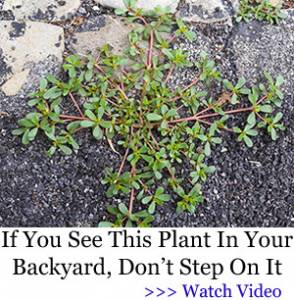
Add This “Unusual Nutrient” to Coffee or Tea, to Effortlessly and Fully Empty Your Bowels Every Single Morning (Learn More)
What Happens When You Drink Wheatgrass Every Day?
Foods And Herbs That Increase Libido and Others That Kill It








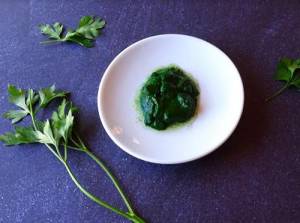
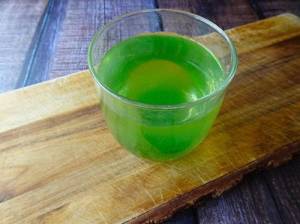
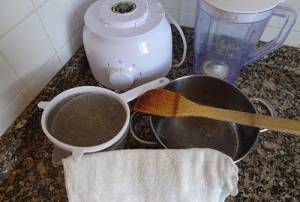

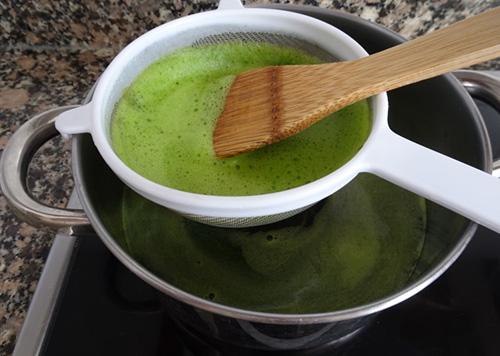
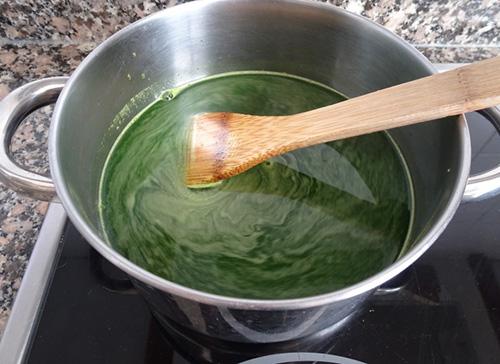
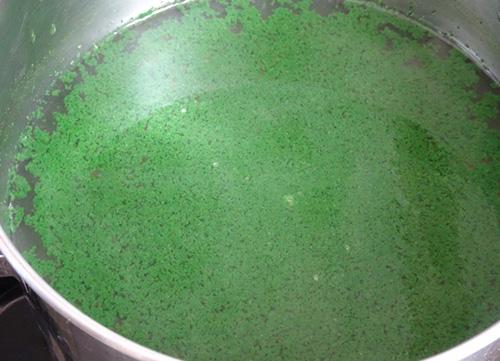
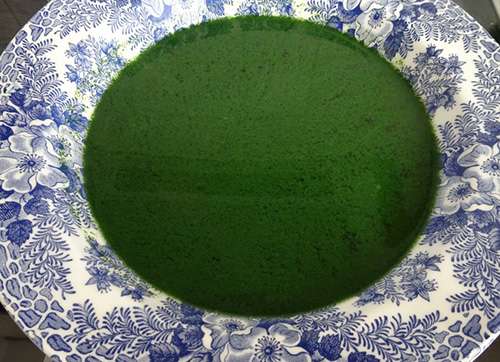
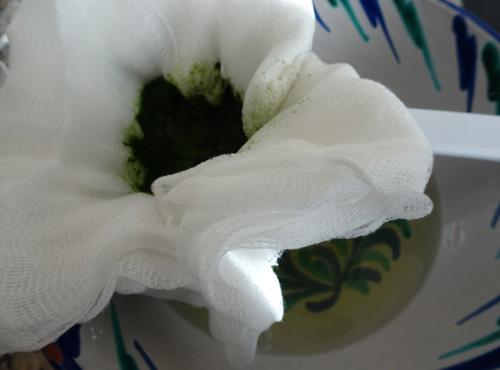
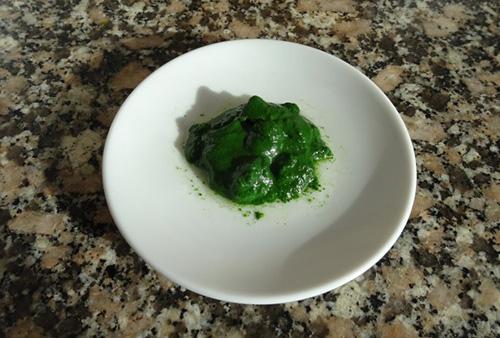
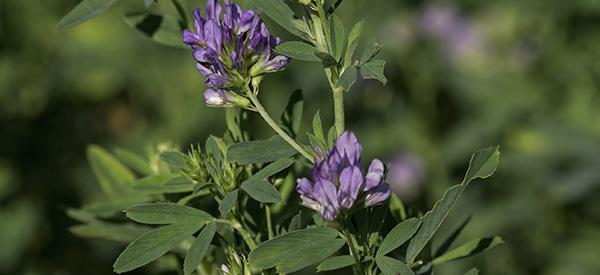

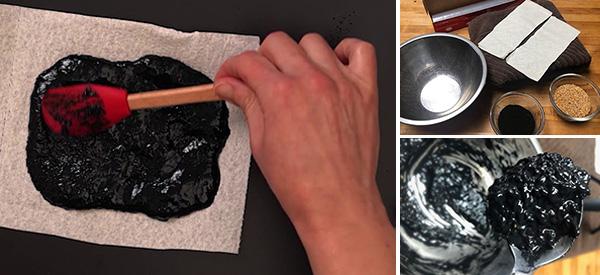
This information is very helpful
Do you get the same health benefits by just adding fresh parsley to all your meals?
Hi Erin,
Liquid chlorophyll has gained popularity because it can be so easily added to smoothies, juices, or water.
But yes, you can also add chlorophyll to your diet by simply eating green plants, green vegetables, and herbs. For example, ten sprigs of parsley are enough to reach the recommended daily intake of vitamin K.
Many blessings and good health!
I love all about the book and emails you send to me each time. I have a problem and when you sent me an email the answer was in it. Thank so much for this great work you are doing. God gave to us all natural foods and natural medicine not to make us sick. When I am ready I will buy the other book you have. Thank you so much.
This is great, i am going to try this. Much cheaper to make it yourself and so many benefits for your health.
I love the recipe. Thank you. Will much of the chlorophyll be gone with the discarded water? Will the cooking heat diminish the good chlorophyll properties?
Following to find out answer to your question.
Good question !
I really wish I could print these recipes especially without the images.
You can just copy & paste the wording and then put it in a document and then you can print the document. That’s what I do when I see a recipe I like. I even copy & paste stuff from FaceBook.